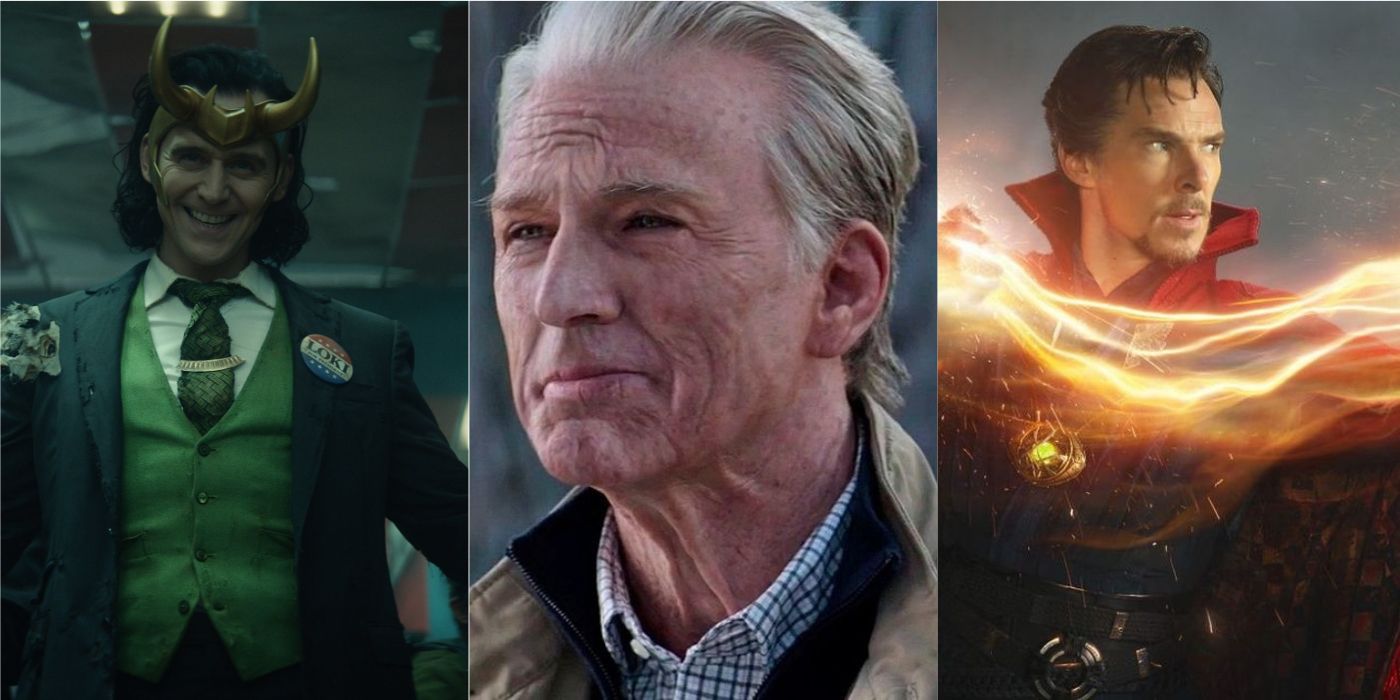
The Marvel Universe is old and has had countless writers, artists, and other creators contributing to it in that time. It's more than understandable that the plot holes, incongruities, and forgotten characters would accumulate in the 80 years of its existence.
The MCU is, by comparison, far younger. However, it still has a similar issue of several different creative visions having been mixed into the world. This is also a recipe for plot holes and crossed wires, and the MCU definitely has a handful of them. It doesn't help that Avengers: Endgame introduced the concept of time travel, which is almost always a recipe for things to get confusing.
10 Where Did The Vibranium For Cap's Shield Come From?

This is an easy question to ask, as much is explained about Vibranium in Avengers: Age of Ultron and Black Panther, but the presence of it in Captain America: The First Avenger is barely marked upon. Howard Stark mentions the scarcity of Vibranium but doesn't mention where it came from.
The only time that Vibranium is known to have been removed from Wakanda is by Ulysses Klaue long after the conclusion of World War II. Perhaps this will be explained in Black Panther: Wakanda Forever. In the comics, it was revealed that the Vibranium for Cap's shield came from King T'Chaka during World War II, though Vibranium is available in other places in the Marvel Comics Universe as well, such as the Savage Land.
9 The Black Widow's Incongruous Age Revealed By Arnim Zola

In Captain America: The Winter Soldier, Arnim Zola refers to Black Widow being born in 1984. This puts her childhood during the very final years of the Soviet Union, making her induction into the Red Room and the Black Widow Ops Program confusing given that they were both distinctly Soviet institutions.
In the comics, this can be explained by the fact that Natalia Romanova was born in the early 20th Century and had her life and youth greatly extended by biological experiments conducted by the Red Room.
8 The Defenders Shows Never Referencing Any Marvel Movie After Avengers
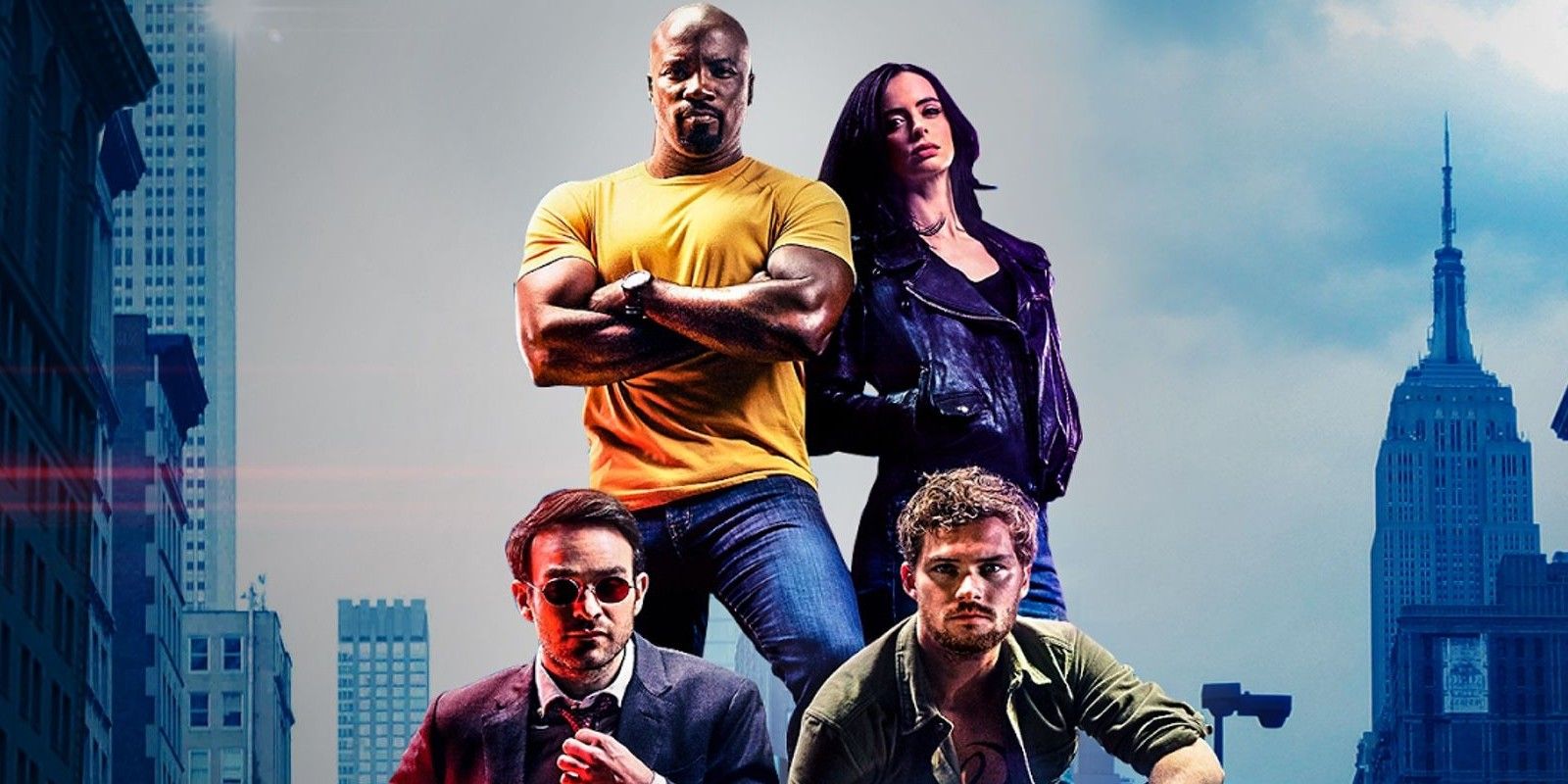
The now-defunct MCU Netflix series made a big deal of referencing the invasion of New York that took place in Avengers so that the shows could firmly be set in the same universe. However, this doesn't extend beyond Avengers.
Daredevil, Luke Cage, Punisher, Jessica Jones, Iron Fist, nor Defenders ever reference Ultron, the Sokovia Accords, the fall of S.H.I.E.L.D, or even the existence of Spider-Man in the same city despite these things seeming to have global consequences.
7 Doctor Strange Repeatedly Rewinding Time At The End Of His Movie
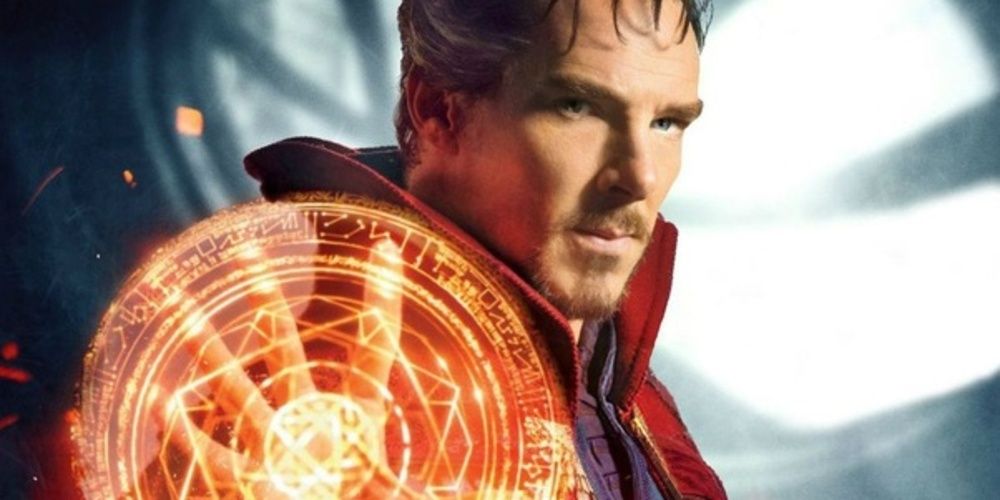
Doctor Strange's use of the Eye of Agamotto to rewind time at the end of Doctor Strange seems far more significant given the events of Endgame. Despite this being what seems to be a localized time manipulation, it does seem like this should have also caused branching timelines and the potential for paradox.
The same could be said of Thanos rewinding time to undo the destruction of the Mind Stone in Infinity War. These events don't really have a direct correlation to events in the comics, but time travel generally has different (and very flexible) rules in Marvel Comics anyway.
6 "Magic And Science Are One And The Same" In Thor But Doctor Strange Comes Along
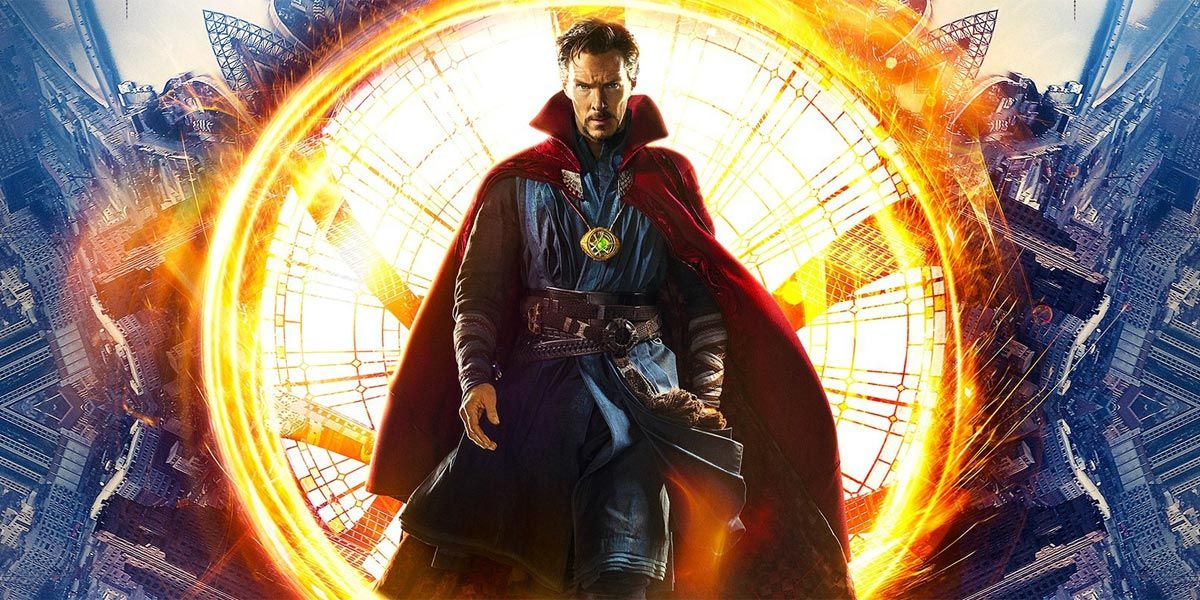
When explaining Asgard to Jane Foster in Thor, the Odinson says that he comes from a place where "magic and science are one and the same." The thesis of Thor is largely that the Aesir are just long-lived and powerful alien beings with extremely advanced technology.
This all carries less weight by the time of Doctor Strange, as magic is shown to exist in the MCU. Furthermore, the movie itself seems to contradict this with Odin's enchantment on Mjolnir. In the comics, magic has always been part of the Thor canon, so it never had this issue.
5 Thor's Powers Being Stripped In Thor By The Removal Of His Hammer
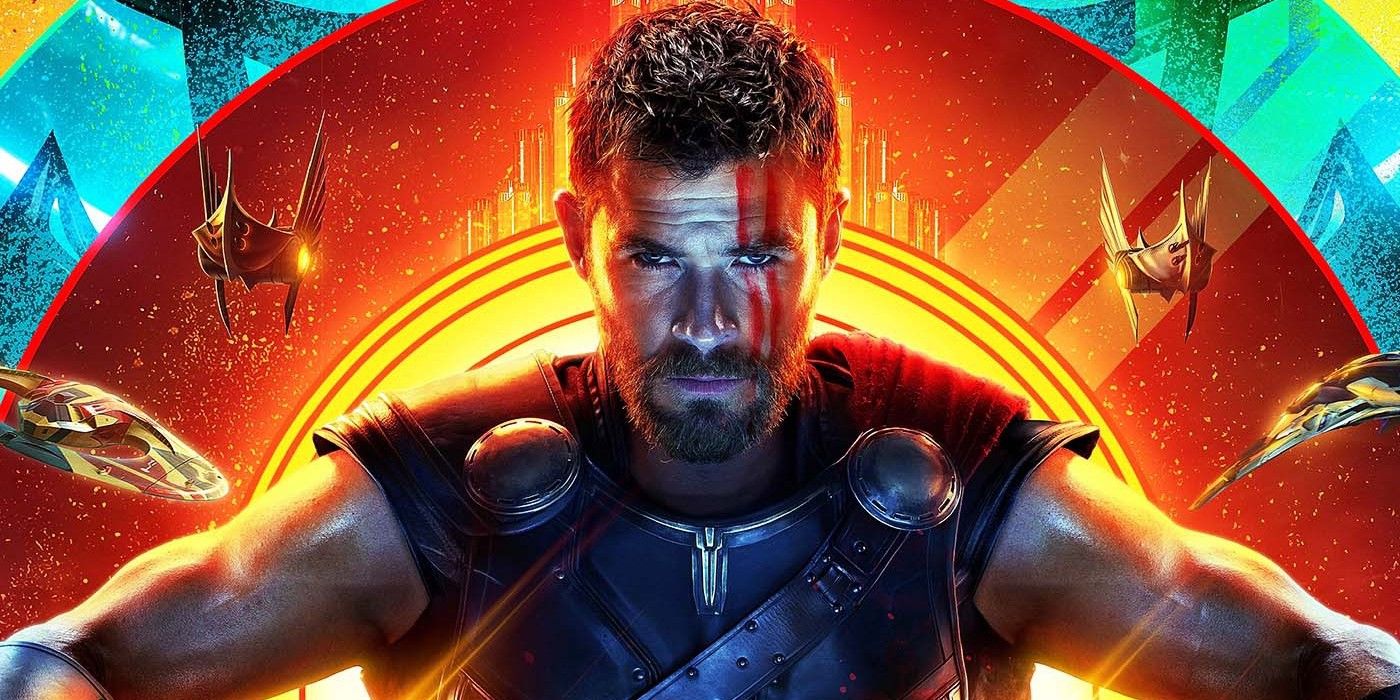
This enchantment leads to another contradiction, which is the removal of Thor's superhuman abilities in Thor corresponding to his inability to lift Mjolnir. This seems to contradict the events of Thor: Ragnarok.
In Ragnarok, Odin reveals to Thor that his power is within himself and has nothing to do with the hammer. Even before this, Thor retains his super strength, which he didn't keep in Thor. When Thor was no longer worthy to lift Mjolnir in the comics, he kept his Asgardian physiology but was unable to summon lightning or control the weather. Thor was never rendered fully human in the comics, though he was tied to the human Donald Blake for a long time.
4 Where Did Loki Go After Thor, Earth, Or To Thanos?
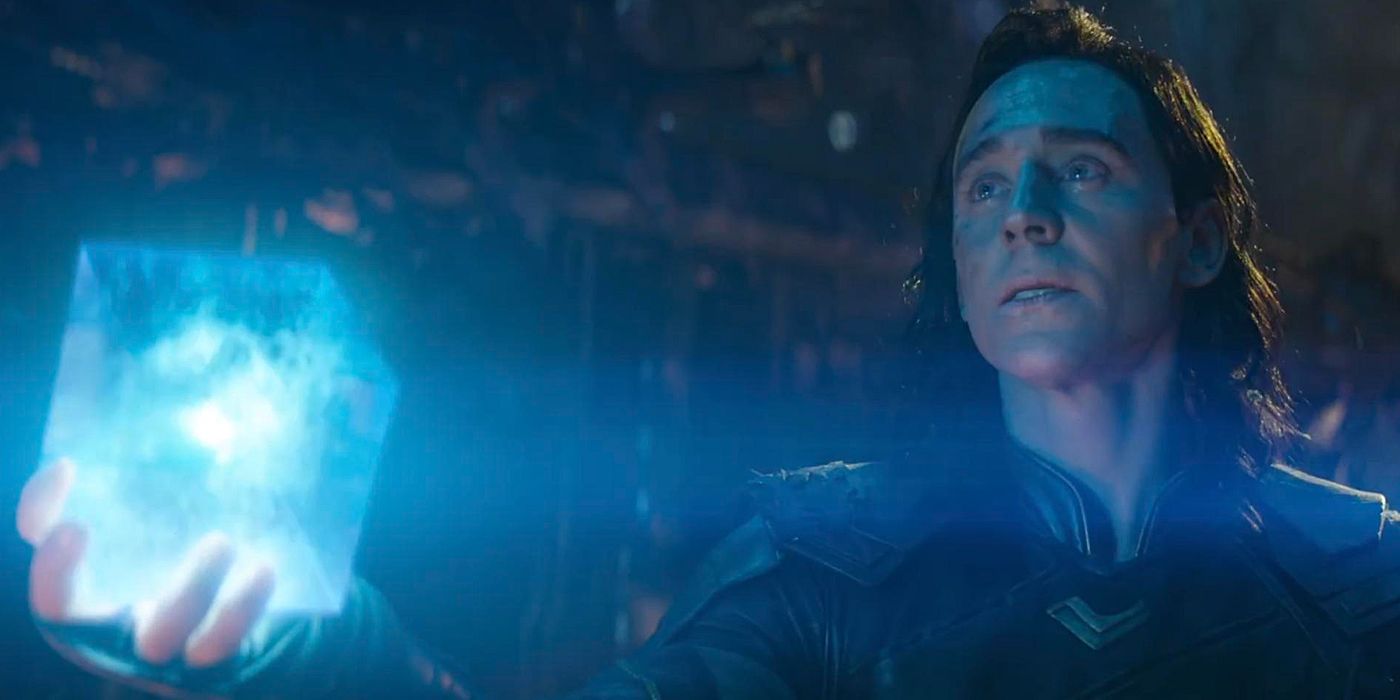
At the end of Thor, Loki is shown falling into a tear in space caused by the destruction of the Bifrost Bridge. In the post-credits scene, it's shown that Loki is still alive and controlling Erik Selvig. However, audiences are also shown that he was picked up by Thanos and made part of his grand crusade.
Pathways between Asgard and other worlds outside of the Bifrost are referenced in Thor, but this involves hopping through vast amounts of space seemingly instantaneously. In the comics, this could just be explained with magic, but Loki never shows any magical capabilities on this level in the MCU.
3 Thanos Loaning Out An Infinity Stone To Loki
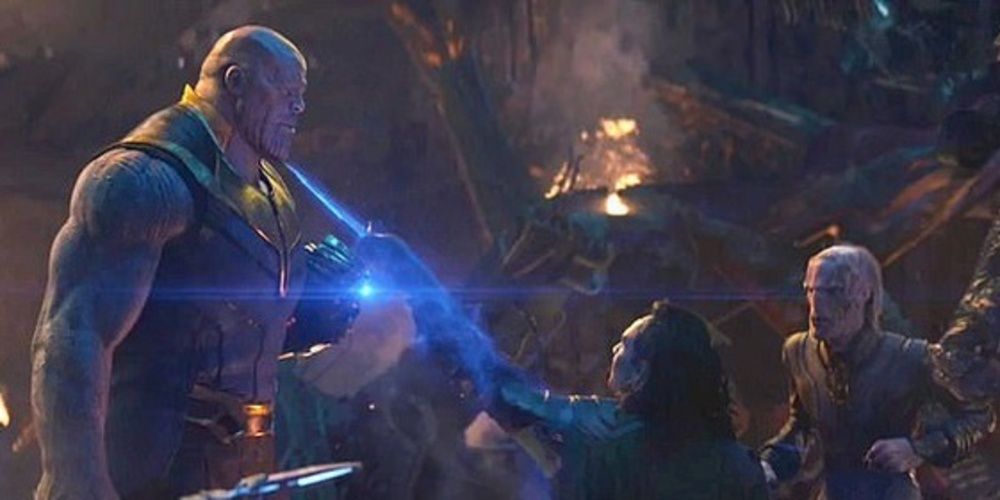
Thanos loaning the Mind Stone to Loki through the scepter is a very bizarre and confusing action from the villain in the movie canon in retrospect. Thanos' goal was to accumulate all the Infinity Stones, but he had one and just gave it to Loki--which ended up in that Stone being lost to Thanos for a time.
Nothing similar to this has ever happened in the comics, least of all in Jim Starlin's Thanos Quest and Infinity Gauntlet. Thanos hordes the Infinity Gems as long as he can in those books.
2 The Avengers' Plans To Return The Infinity Stones In Endgame
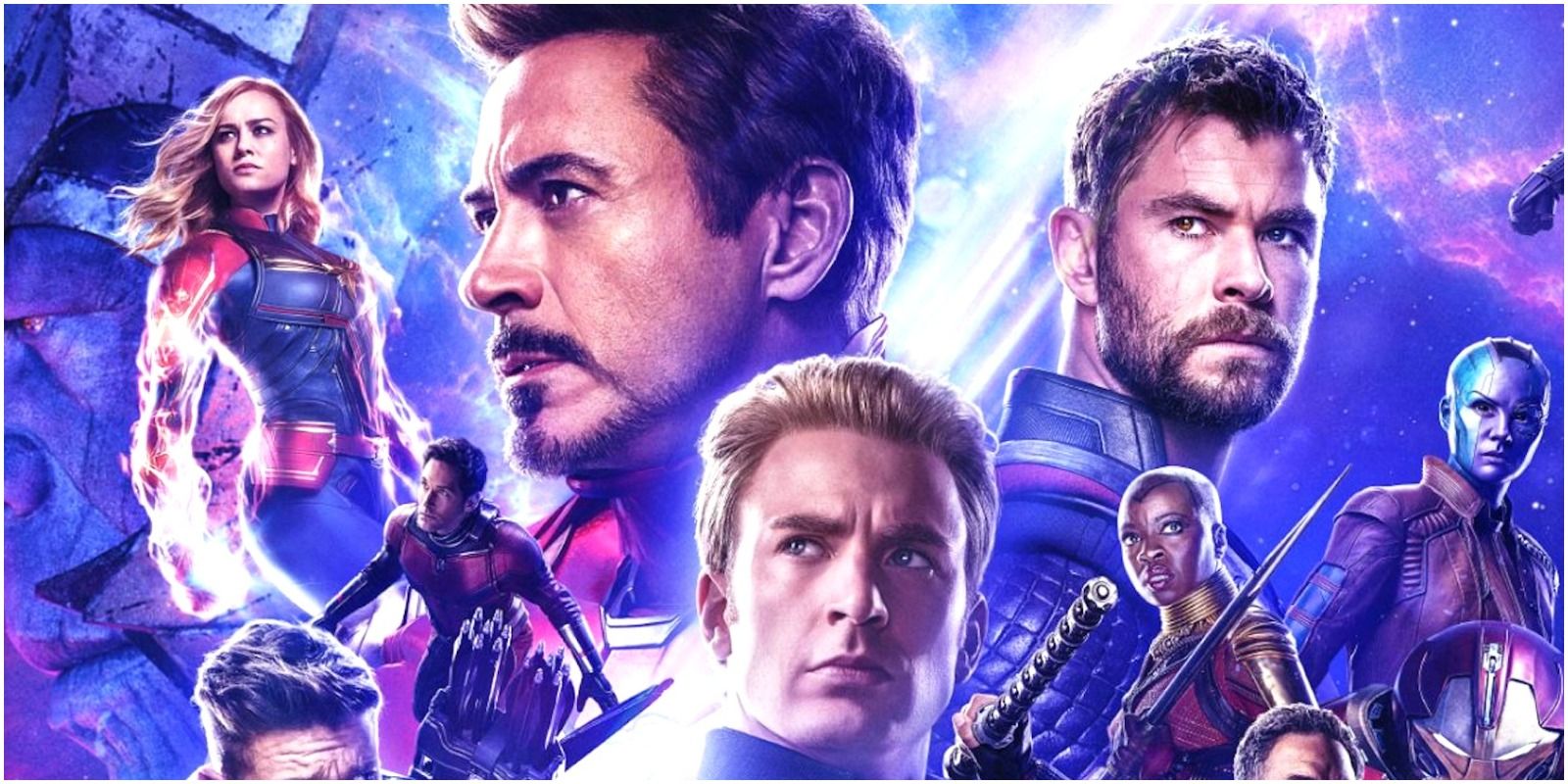
When the Avengers took the Infinity Stones from different points in time in Endgame, their solution was to return the Infinity Stones once they undid the damage doled out by Thanos. However, there seems to be a flaw in that--would returning the Stones also just create another branching of time?
Removing the Stones already causes a branching in time, but returning them seems to create a new branching and could, in theory, just create a timeline where two of the same Infinity Stones are present. This doesn't seem to happen, so maybe there is some unmentioned time calculation that allowed this to work.
1 Steve Rogers Showing Up At The End Of Endgame
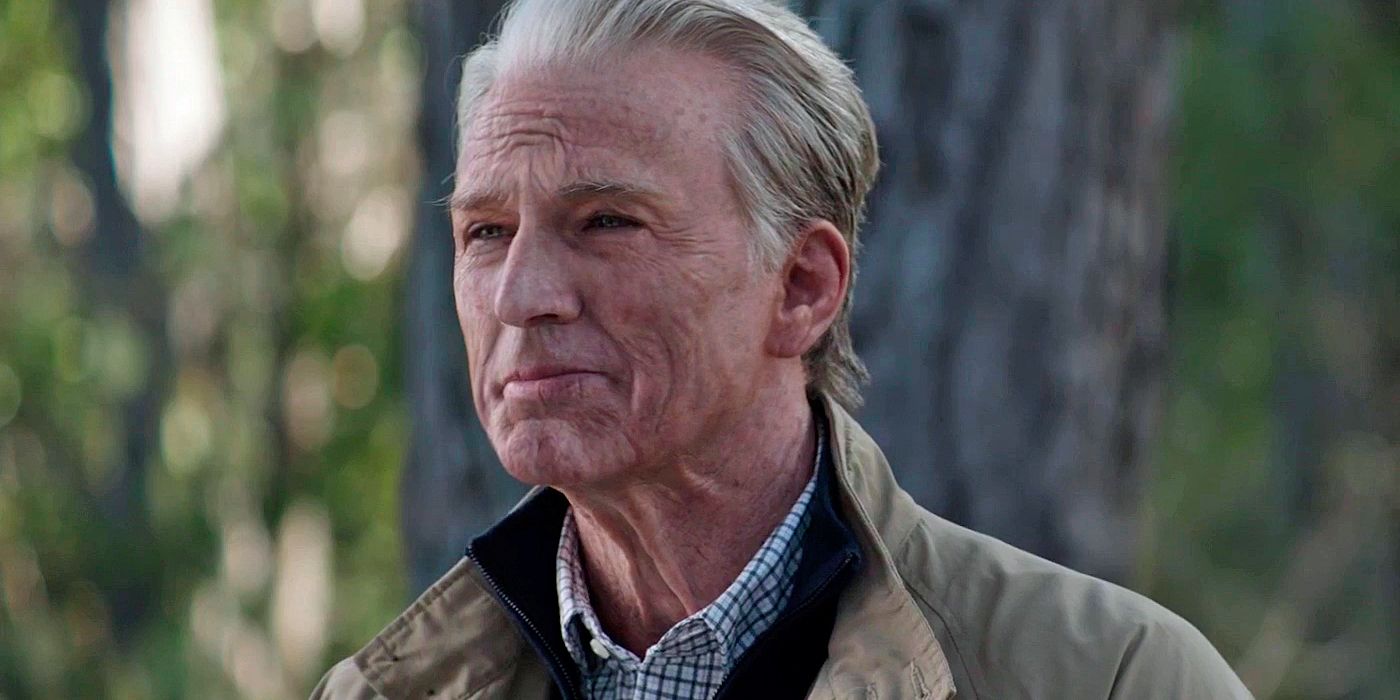
Steve Rogers returning at the conclusion of Endgame as an old man who lived a happy life with Peggy Carter is a cathartic and heartfelt moment at the end of the movie. However, it doesn't actually make sense given the rules of time travel in Endgame.
Steve Rogers returning to the past to stay would constitute a branching of time, as the timeline of the MCU has Steve being frozen in ice and Peggy Carter marrying someone else. In other words, Cap couldn't have shown up there, as he was now living in a different timeline altogether. Nothing like this has happened in the comics with Steve Rogers, so this is something that the MCU crafted whole cloth.
0 Comments